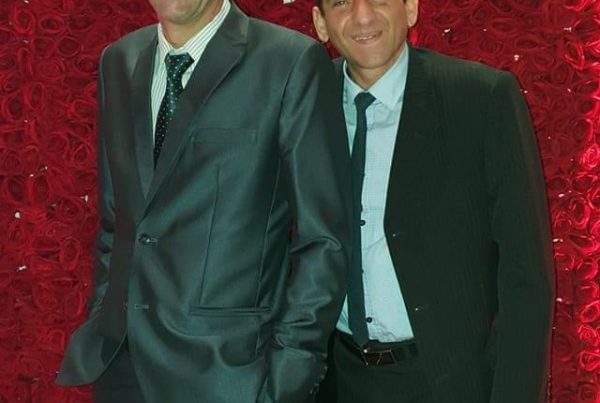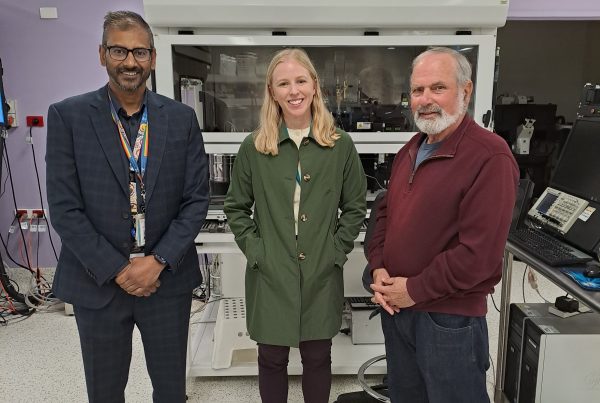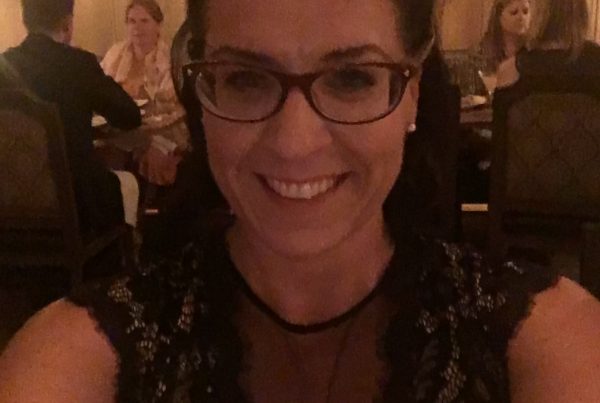Mike Stephenson was 15 when he decided to join a gym. He wanted to improve his health, but it would soon become much more than a way to keep active. Now back to bodybuilding after a lung and kidney transplant, Mike believes exercise is a key part of managing his CF.
My name is Mike, I’m 36 years old. Obviously, an adult living with cystic fibrosis in Western Australia. I’m originally from New Zealand. I’ve been here for about 13 years now though so Aussie-ish, I guess.
So, when I was 15 years old, I was a very typical male with CF at that age, I was deathly skinny. I didn’t do any exercise. I struggled to eat. Basically, things kind of went wrong a little bit that year. I ended up in hospital for a very, very long period and as a result of that, I ended up with a nasal gastric feeding tube for about eight months just because I was just so small and struggling to put on weight as we do. On the back of that, so after that eight months of having the nasal gastric tube, I just decided that I wanted to try and do something to better my situation, so I joined my local gym and started training.
I was very, very fortunate. I went to the gym, and I’d never done any form of training before, so I was pretty green. And I’d been there for a little while, a few weeks maybe with a little help from the trainers, kind of guiding me as to do this and do that kind of thing. I met this guy who was an ex-body builder, and he was probably about the same age as I am now. He was probably about mid-thirties and a giant man. He was about 130 kilos.
And it was inspiring to me because I thought, wow, I’d love to be like that. We got chatting and I basically said, “well, I want to look like you.” And he said, “okay.” He took me under his wing and that’s kind of where the whole body building journey kind of started for me.
After about, even three or six months, there was a dramatic change in my strength, my fitness, my overall ability, and what came with that obviously was a lot more confidence, a lot more belief in self, self-esteem.
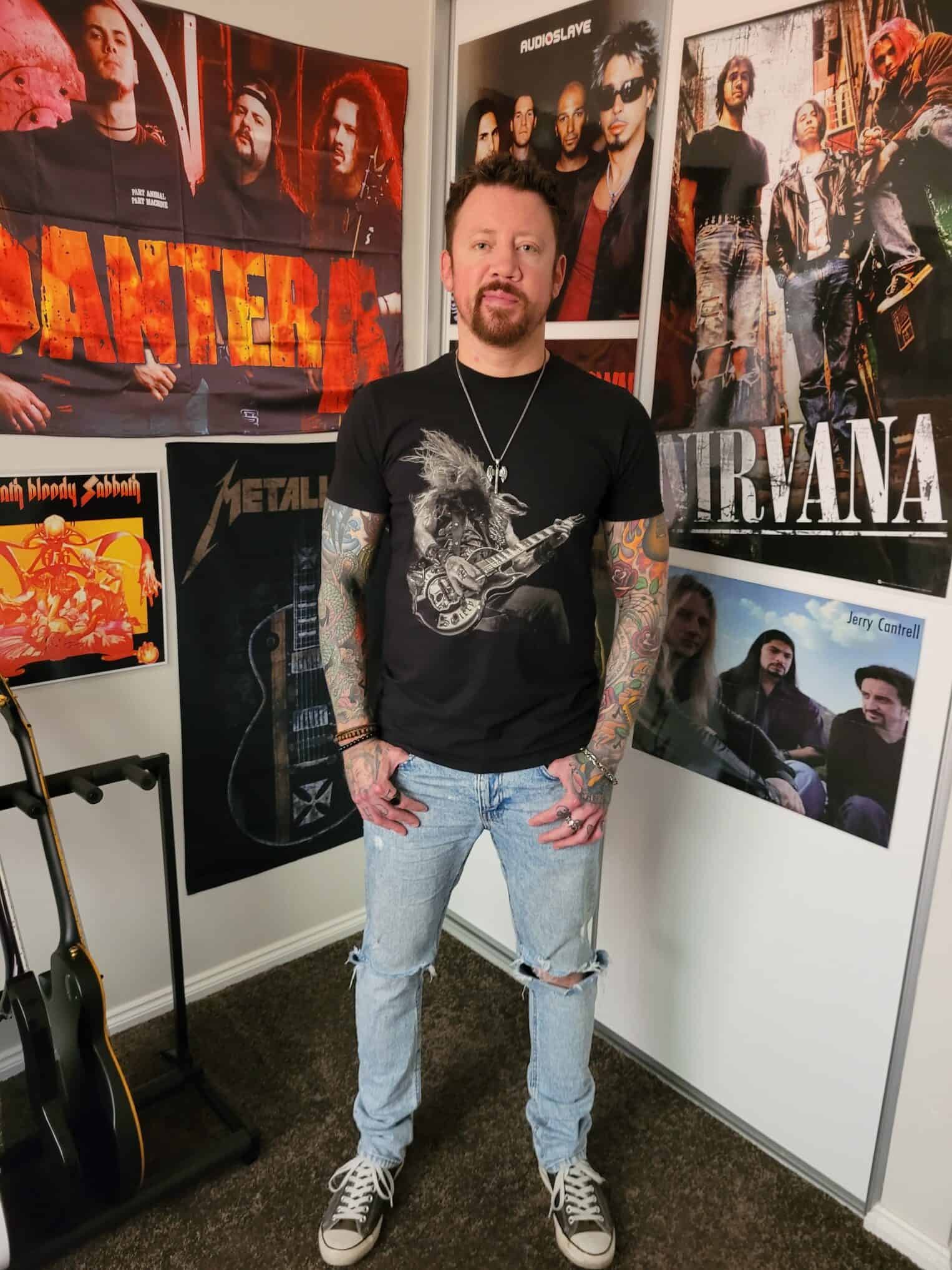
On maintaining a consistent level of exercise
So, I don’t like the word journey. I never use that word when I refer to it, but when I refer to my transplant, I refer to it as my story. Because to me journey implies, it has positive kind of connotations and my transplant was a nightmare, really.
So yes, I did as much as I possibly could, but obviously once, pre-transplant I only went as far as I could possibly go. Then you get to a point where your lung function is too low, and I couldn’t maintain a level of exercise anymore.
And then post-transplant, I had to do a lot of physical rehab for a very, very, very long time. It’s literally taken me to this point now, which is six and a half years post lung transplant to get back to body building again.
For me bodybuilding became a passion. After only six months to a year of doing it when I was about 16 years old, it became almost an obsession I would say. The benefits were just so massive that it was so easy to maintain and to keep doing it. When I started training, when I was 15, I weighed 44 kilos and by the time I was 19, I weighed 88 kilos. That’s the heaviest that I ever weighed when I was body building.
The change in that period in those four years was dramatic. Really dramatic just in so many ways. It was unbelievably helpful and literally had I not done that I wouldn’t even be able to be here. Body building literally saved my life.
How bodybuilding helps with mental strength pre and post-transplant
It definitely, in terms of the mental side of things that definitely ebbed and flowed. It took its toll, my transplant, big time.
I spent nearly a whole year in hospital. On the back of that, once I woke up after my transplant in ICU, I was completely paralysed. I couldn’t move anything. I couldn’t even move my fingers or my toes. It was literally a case of start again from complete scratch. And I did, it just took a very, very long time and unfortunately, a few years into that process, I then had to have a kidney transplant, which set things back pretty dramatically.
But I guess I’ve always been of the mind, you’ve just got to do it. You know, it’s sometimes, all CF people, they experience tremendous hardship and have to go through things which are pretty horrible. You’ve just got to believe that you can get through it and that there’s you know going to be a brighter future on the other side, once you have got through those challenges.
On getting back to bodybuilding post-transplant
It took a long time. So immediately post lung transplant when I was discharged from hospital when I got home, I was still unable to do virtually everything. I couldn’t walk. My mobility was almost pretty much zero. I needed complete round the clock care. From that point it took about three and a half years of obviously not body building, just physical rehab to get back to a point where I reached some sort of normality again.
Then, unfortunately, I just got to the point where it felt like I was turning a bit of a corner and then my kidneys failed, and I had to go on dialysis for a year. But post that experience, of now being nearly two and a half years post kidney transplant so about six months ago, well, more than that, sorry. More like a year and a half ago, I started trying to train a bit more seriously again, like I had in the past, like bodybuilding kind of style and I was struggling for quite a while with it.
Then about six months ago, I just made the decision to really just start to push harder and push my body more than I have for a long time. And yeah, the last six months have just been great. I’ve been right back into my bodybuilding. Again, as it did, when I was in my teens, it’s made me feel immensely better physically, mentally—every aspect.
On personal highlights from bodybuilding
Definitely the highlight would’ve been when I was bodybuilding years ago pre-transplant, I bench pressed a hundred kilos when I weighed about 80 kilos. So that was a pretty massive milestone and something that I never thought that I’d be able to achieve. But fast forward to now, it being a little bit more relevant I would say, the things that I’m doing now, I didn’t think that I’d ever achieve.
It’s still got a long way to go and I’m working on it, but I’m now benching 80 kilos and doing 120 kg deadlifts. When I started back at the gym close to two years ago, after my kidney transplant, I couldn’t even bench press the bar. I couldn’t even deadlift the bar either. You’ve just got to work really hard and just stick at it. Don’t give up that’s—I think a lot of CF’s have that inner strength to just not give up because we’ve got so much to deal with and there’s so much thrown at us from such a young age.
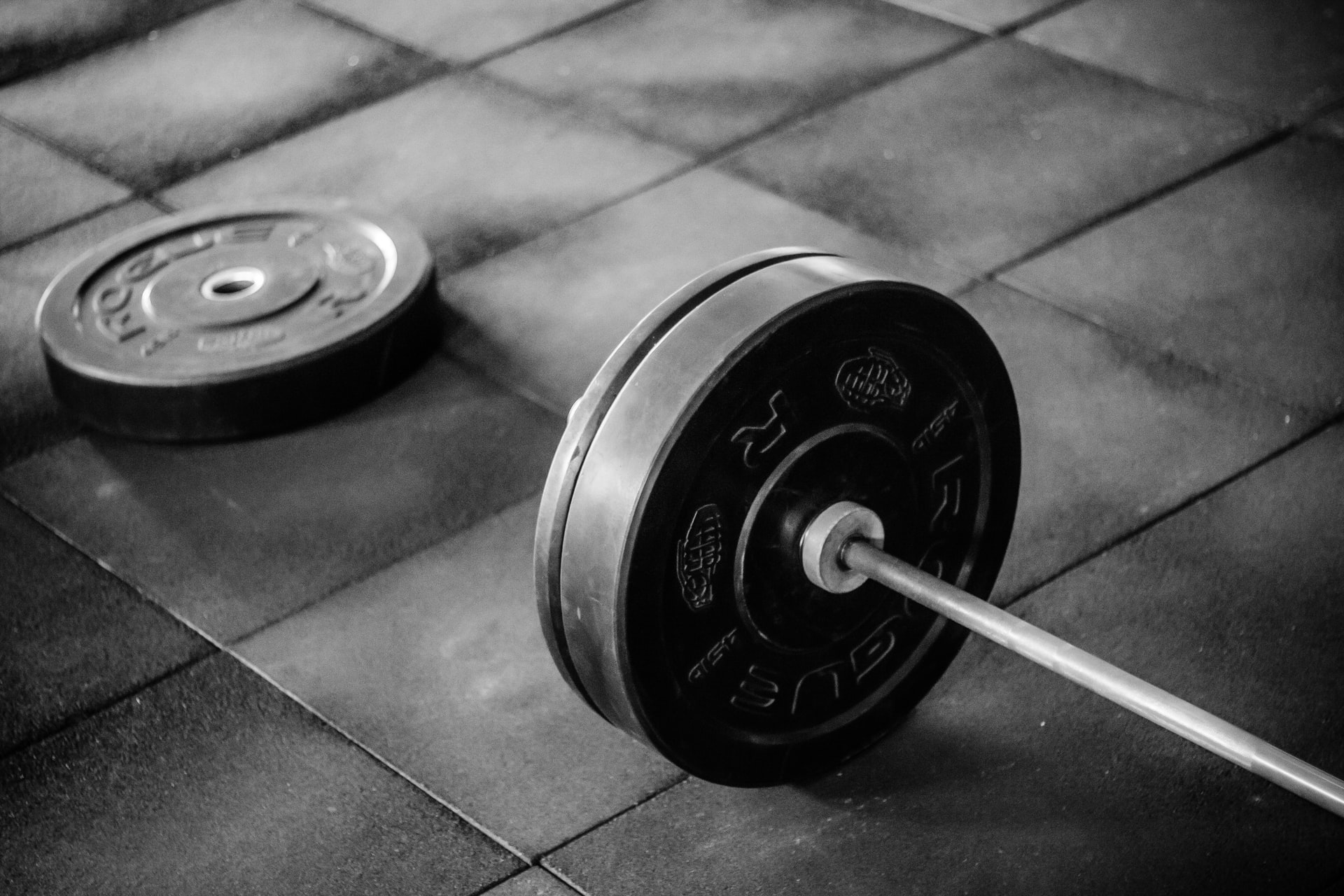
On setting goals
I’ve never really been a goal setter, as in I want to achieve this, or I want to achieve that. What I do when it comes to my training, which I believe is essential to reaching any goals that you may have, is keeping a very detailed diary or log of everything you do. I’ve done that forever, ever since I started bodybuilding. It’s so powerful because you go in one morning to train and you look at what you did the week before, and you just make small incremental changes and put the weights up slowly but surely and slowly but surely you get stronger and bigger and better and faster.
Advice for starting to exercise
I guess the main thing is just to take it one step at a time and take it slowly. When I first started bodybuilding, when I was 15, I was incredibly weak. I could hardly lift anything, but like I said, you keep a log, and you track your progress. Alongside that, which is just as important, if not more important than the training, is obviously the diet, which is a massive struggle for most people with CF and it was for me. Bluntly, the way that I got through it was I just started doing the training and I was training for a little while. Then, like I said, once that guy had taken me under his wing, he was kind of like you need to be eating this, you need to be doing that.
I kind of took a bit of his advice and then I went to a nutritionist as well and said, “I want to bulk up, I want to get stronger, blah, blah, blah.” She gave me this program, this diet to follow. It was literally about 10 times what I ate in the day at the time. Like I said, bluntly, I just forced myself. It took quite a while for, probably about the first two to three months, I was vomiting regularly because my body wasn’t used to the volume of food that I was trying to put in it.
But just like the persistence with the physical side of it, with the actual training, with the diet, it came right. It took about two to three months and then I started building momentum after that and I got used to it and I started being able to eat a lot more. I guess my advice is just don’t ever give up, just persistence is key and just take it one step at a time. Even if you can only eat 5% more than the day before, that’s still progress. Track all that progress as well. Eventually, you’ll be where you want to be.
I think exercise coupled with a good diet is as important, and it certainly was in my case, as physio, nebulizers, tablets, all of that stuff. It was as important and as valuable to me and proved to be invaluable down the line as all of my treatments. And that’s how I treated it. I got to a point where not only was the body building an obsession and something that I loved, but I saw it as a tool to keep me as well as I could possibly be.
And it certainly did. I got told that when I had my transplant. Because when I went into my transplant, when I went into that one-year period in hospital, I was still about 85 something odd kilos. If I hadn’t had those reserves, had I not put all those hard years in of training and eating, there’s no way I would’ve made it through that. So never underestimate the importance of exercising and maintaining a healthy diet, as well as doing everything you need to do from a clinical point of view.
This article was published in February 2022. If you would like to share your story, please contact us at admin@cfcc.org.au. We’d love to hear from you and so would our readers.
